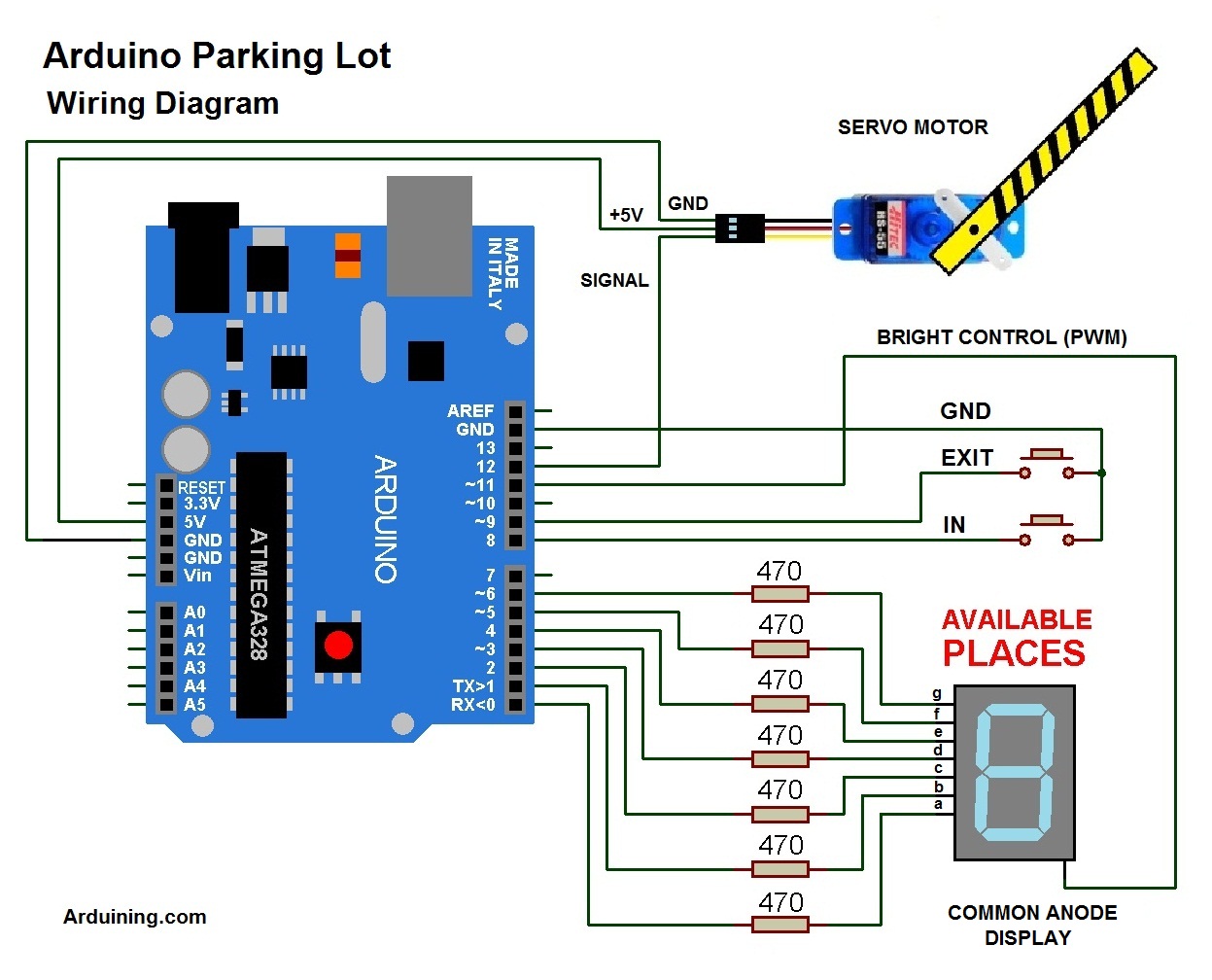

Remember, every servo motor uses an individual pin: Servo1.attach(servoPin1) Then we need to attach each object to one servo motor. First, we need to declare the servo objects-as many as we need: // Create servo objects In order to use more than one servo, we need to declare multiple servo objects, attach different pins to each one, and address each servo individually. Remember, 1 millisecond equals 1,000 microseconds. Some servos have smaller or larger ranges.įor better control, we can use the servo.writeMicroseconds(us) function, which takes the exact number of microseconds as a parameter. Usually, 1 millisecond means 0 degrees, 1.5 milliseconds mean 90 degrees, and, of course, 2 milliseconds mean 180 degrees. However, not all servos respect the same timings for all positions. In the loop(), we set the servo to 0 degrees, wait, then set it to 90, and later to 180 degrees.Ĭontrolling servos is easy, and here are a few more tricks we can use: Controlling the exact pulse timeĪrduino has a built-in function servo.write(degrees) that simplifies the control of servos. We shouldn't forget to include the servo library.
ARDUINO SERVO WIRING CODE
The code simply declares the servo object and then initializes the servo by using the servo.attach() function. Remember that using the Servo library automatically disables PWM functionality on PWM pins 9 and 10 on the Arduino UNO and similar boards. The graphic makes it a little easier to understand. In between, it represents the value from 0–180. At 1 millisecond it represents 0 degrees and at 2 milliseconds it represents 180 degrees. At the beginning of each cycle, the signal is HIGH for a time between 1 and 2 milliseconds. Each cycle in the signal lasts for 20 milliseconds and for most of the time, the value is LOW. But what kind of signal do they receive on the input pin?
ARDUINO SERVO WIRING DRIVER
Internally, they have a motor driver and a feedback circuit that makes sure that the servo arm reaches the desired position.

Using just one input pin, they receive the position from the Arduino and they go there. This instructable and many more can be found in my Arduino Development Cookbook available here. Good places to buy them are Servocity, Sparkfun, and Hobbyking. Hitec and Futaba are the leading RC servo manufacturers. There are few big names in the servo motor world. An Arduino board connected to a computer via USB.The first motor I ever connected to an Arduino, seven years ago, was a Servo motor.
ARDUINO SERVO WIRING HOW TO
Here we will see how to connect a servo motor and then how to turn it to different positions. With time, they found their uses in robotics, automation, and of course, the Arduino world. Servo motors were first used in the Remote Control (RC) world, usually to control the steering of RC cars or the flaps on a RC plane. Using the Arduino, we can tell a servo to go to a specified position and it will go there. Usually, they have a servo arm that can turn 180 degrees. Servo motors are great devices that can turn to a specified position.


 0 kommentar(er)
0 kommentar(er)
